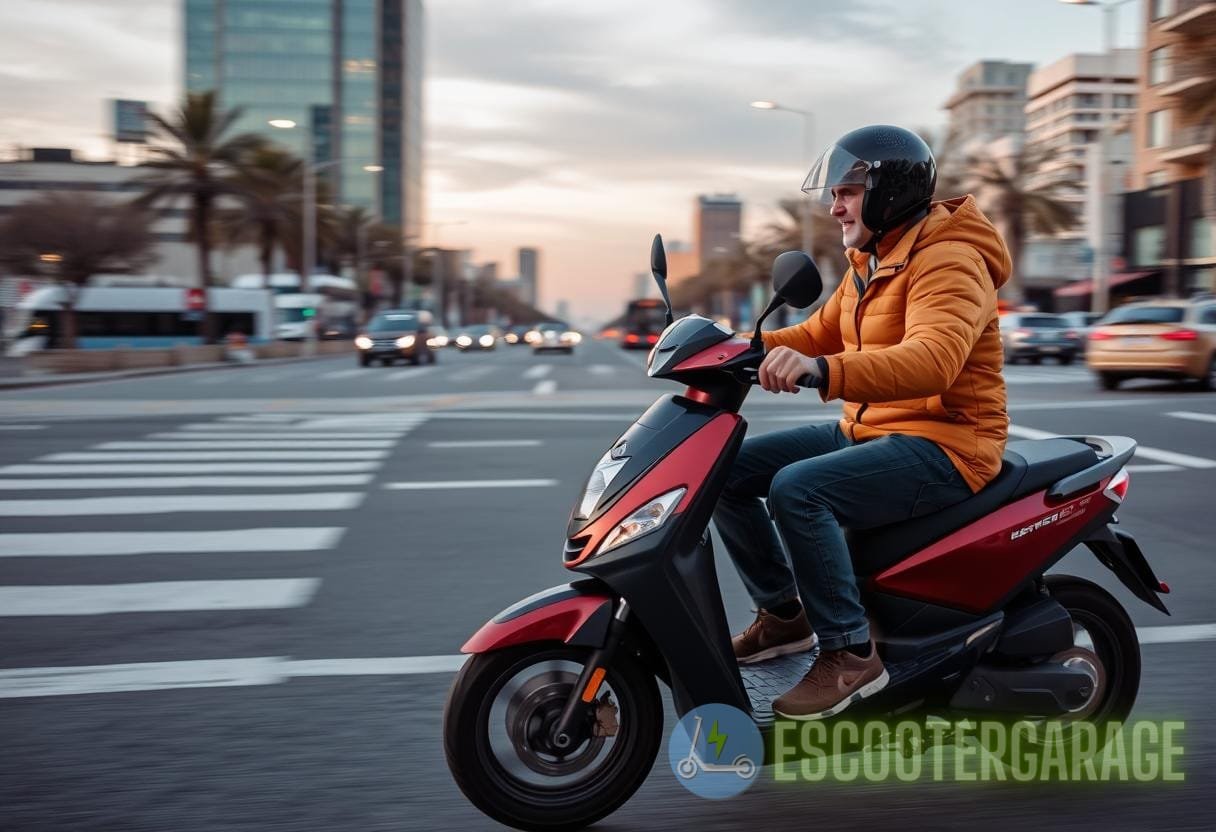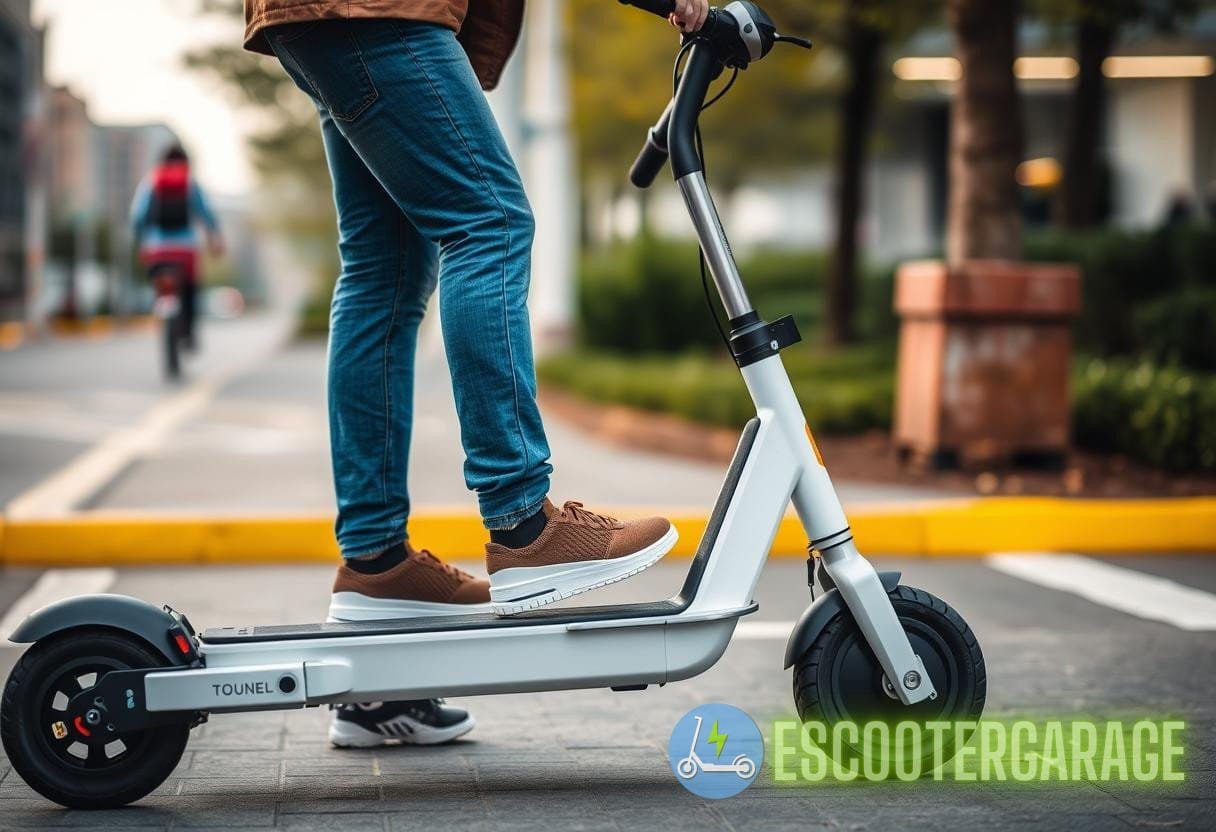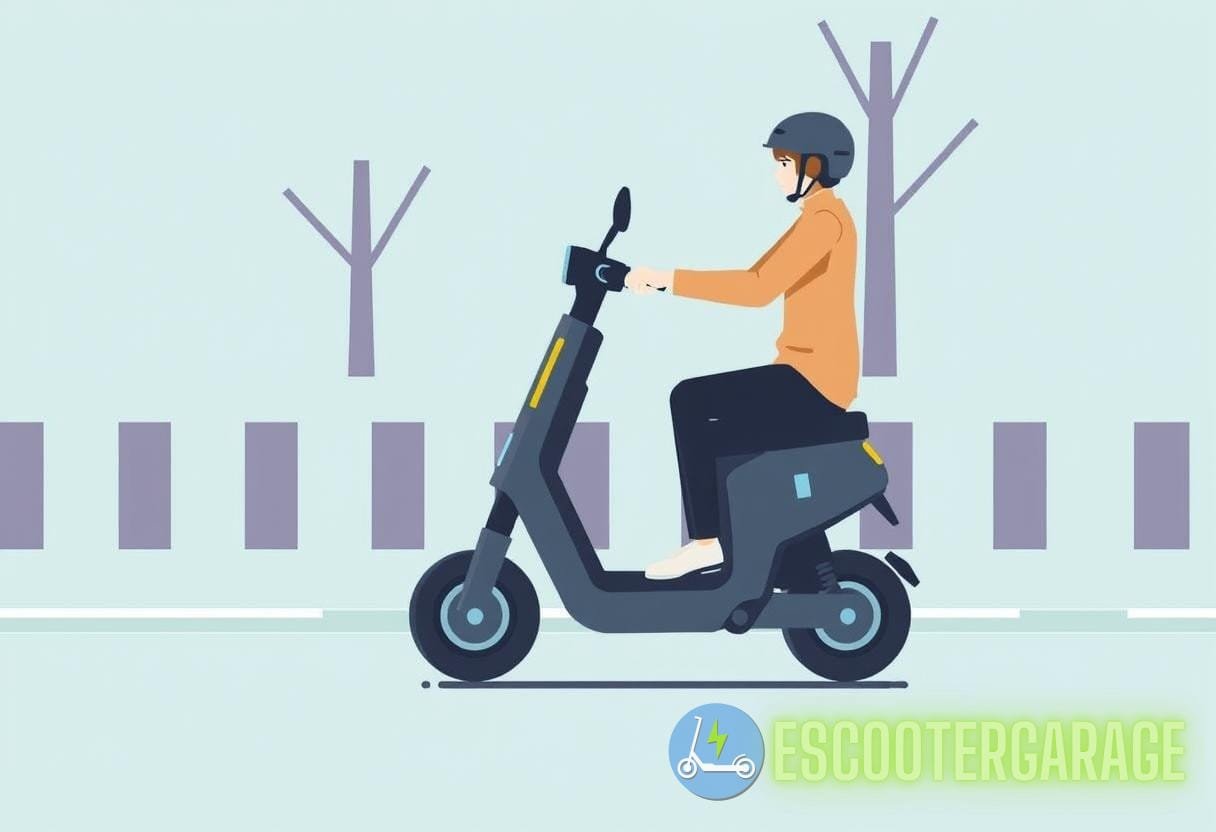Revolutionizing eScooter Efficiency: Uncovering the Role of User Behavior in Performance Optimization
As the popularity of eScooters continues to rise, understanding the factors that influence escooter performance tips has become increasingly essential. Users are often unaware that their behavior and usage patterns directly affect the efficiency and longevity of their scooters.
The Basics of eScooter Performance
eScooter performance can be characterized by several key parameters, including speed, battery life, climb ability, and overall ride quality. The efficiency of these parameters can greatly fluctuate based on how users engage with their scooters. Here, we’ll break down the components that contribute to overall performance and how user behavior can optimize these elements.
Battery Life
Battery efficiency is vital for eScooter performance. Just as an engine needs proper fuel management, eScooter batteries require thoughtful operational habits. Users can improve battery longevity through:
- Avoiding Full Discharges: Frequent depletion can deteriorate lithium-ion batteries. Optimal practice is to charge once the battery levels drop to around 20%.
- Understanding Range: The average eScooter can travel between 15 to 30 miles on a single charge. Users should keep their trips within these limitations to avoid sudden performance drops.
- Temperature Awareness: Battery performance is adversely affected in extreme temperatures. Users should avoid operating in below-freezing conditions or excessive heat.
Speed and Acceleration
Speed is another critical factor that varies with user behavior. Different riding habits result in diverse outcomes for speed and acceleration. Below are practical measures to enhance speed while maintaining performance:
- Gradual Acceleration: Instead of full-throttle starts, moderate acceleration conserves battery power and improves control.
- Weight Management: Carrying extra weight, such as backpacks, can hinder performance. Users should evaluate their load to ensure optimal speed.
Understanding User Behavior
User behavior encompasses the various ways riders interact with their eScooter, including speed selections, braking habits, and riding environments. Understanding user behavior is fundamental for enhancing performance through better operational practices.
Common User Behaviors Impacting Performance
Several user behaviors significantly impact eScooter performance:
- Braking Habits: Aggressive braking not only affects battery performance but also damages brake components over time. Smooth and gradual brakes help extend the life of the scooter.
- Riding Surface: Using an eScooter on rough or uneven terrain significantly drains battery power. Users should seek smoother paths to optimize efficiency.
- Speed Management: Riding at maximum speeds drains the battery much faster than cruising at moderate speeds. Practicing speed control is one of the most effective escooter performance tips.
External Factors Influencing eScooter Performance
While user behavior plays a substantial role in eScooter performance, external factors also impact efficiency. These include:
Weather Conditions

Weather can drastically alter how an eScooter performs. Rain, wind, and temperature extremes all affect usability and battery life:
- Rain: Riding in the rain can cause technical complications and decrease traction. When planning commutes, consider the weather forecast.
- Wind Resistance: Riding against wind resistance requires more effort from both the scooter and the rider, potentially overcoming performance.
Maintenance and Upkeep
Regular maintenance is essential for optimizing eScooter performance. Neglecting upkeep can lead to diminished speed and extended braking distances:
- Tire Pressure: Maintaining adequate tire pressure is crucial for efficient battery use and overall stability.
- Brake Check: Inspect brakes regularly. Worn brakes lead to inefficient stopping and potential accidents.
Real-World Scenarios and Case Studies
Several empirical studies have demonstrated the relationship between user behavior and eScooter performance. One such case study conducted in urban environments observed that users who adhered to suggested performance tips experienced a 15% increase in battery life compared to those who did not.
Another analysis revealed that riders who favored moderate speeds rather than maximum performance not only improved their range but also heightened safety, with a 32% decrease in accident reports.
Incorporating Technology for Performance Optimization
Advancements in technology present opportunities for enhancing eScooter performance. Users can leverage various apps and tools to monitor their riding habits and modify their behavior for better efficiency:
- Performance Tracking Apps: Many apps provide real-time metrics on speed, battery life, and navigation, allowing users to adjust their riding strategies.
- Community Forums: Engage with online communities for sharing tips and experiences can facilitate efficient riding practices and troubleshooting.
Additional eScooter Performance Tips
In addition to the previously discussed practices, here are some supplementary escooter performance tips to enhance the user’s experience:
- Choose the Right Route: Knowing your route can save time and energy. Plan for slightly downhill paths where possible.
- Stay Hydrated: A well-hydrated rider performs better, especially during longer journeys.
- Review User Manuals: Familiarize yourself with the manufacturer’s guidelines to understand specific performance characteristics of your scooter.
Conclusion: Shaping Future eScooter Efficiency
As eScooters continue to evolve, the role of user behavior in performance optimization cannot be overstated. By adopting the practices outlined in
For more detailed guidance on troubleshooting and optimizing your eScooter, visit our related articles on scooter maintenance tips and troubleshooting issues.



